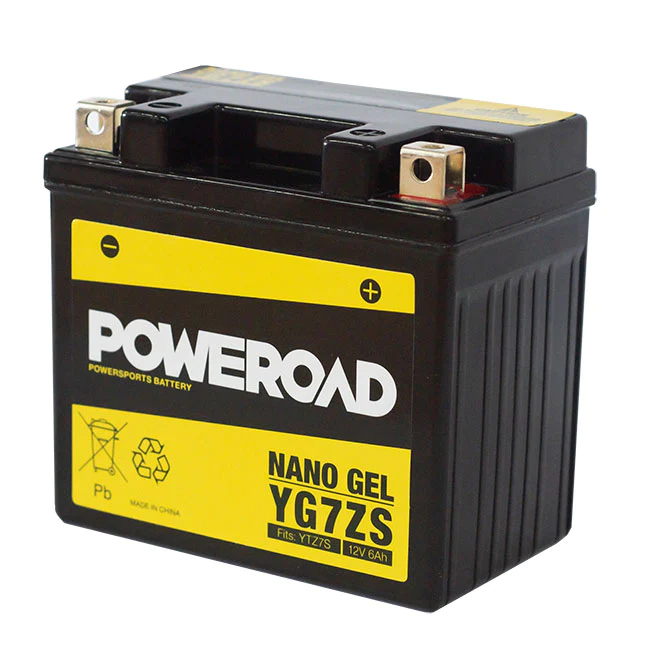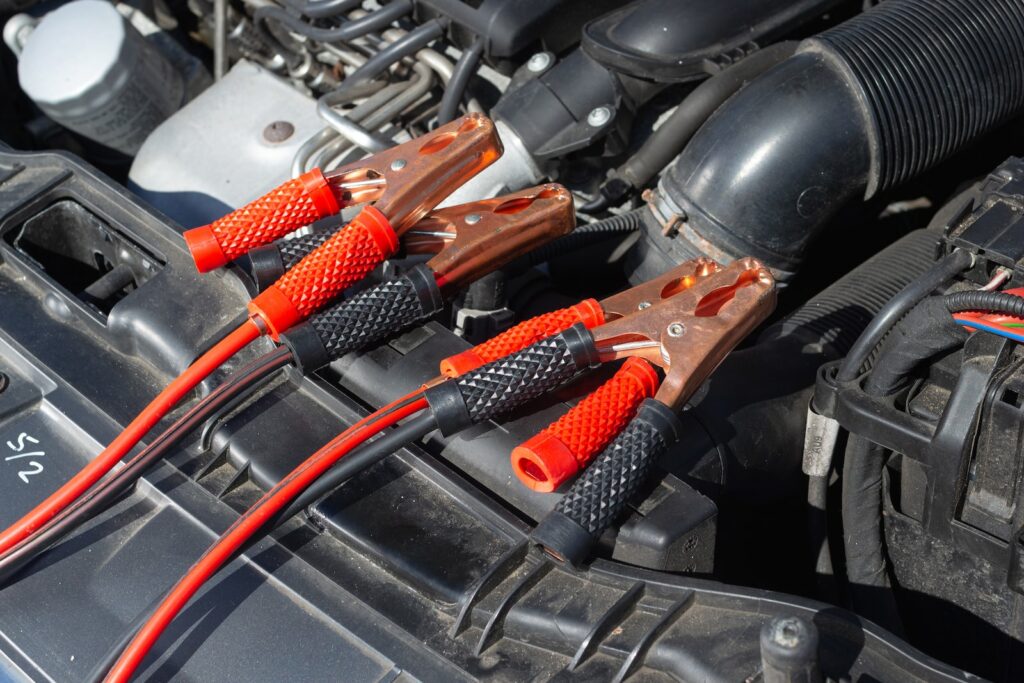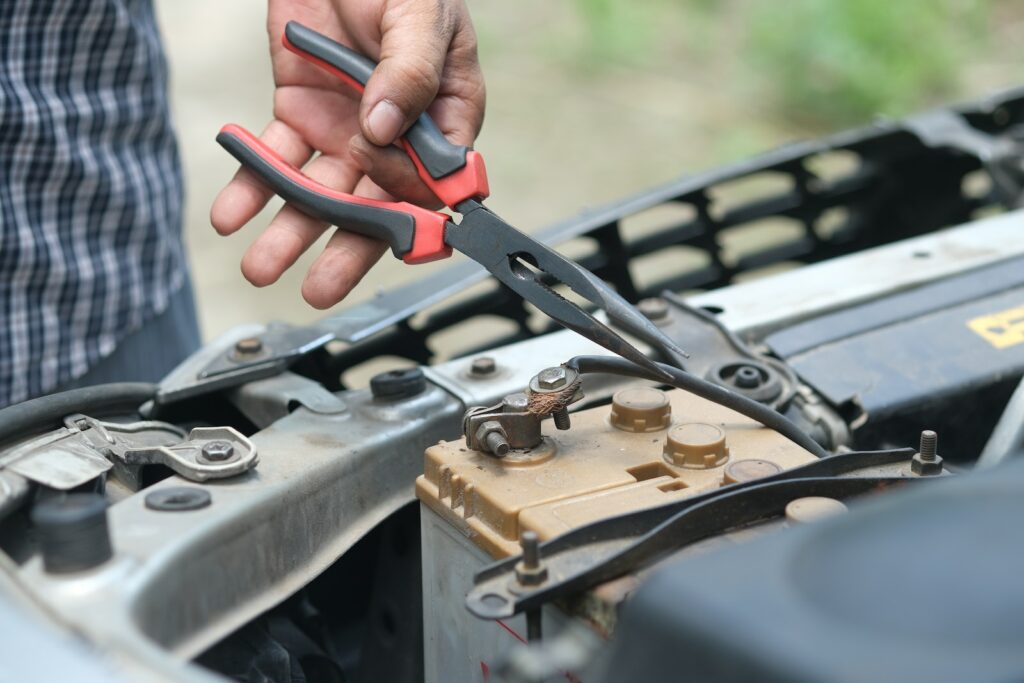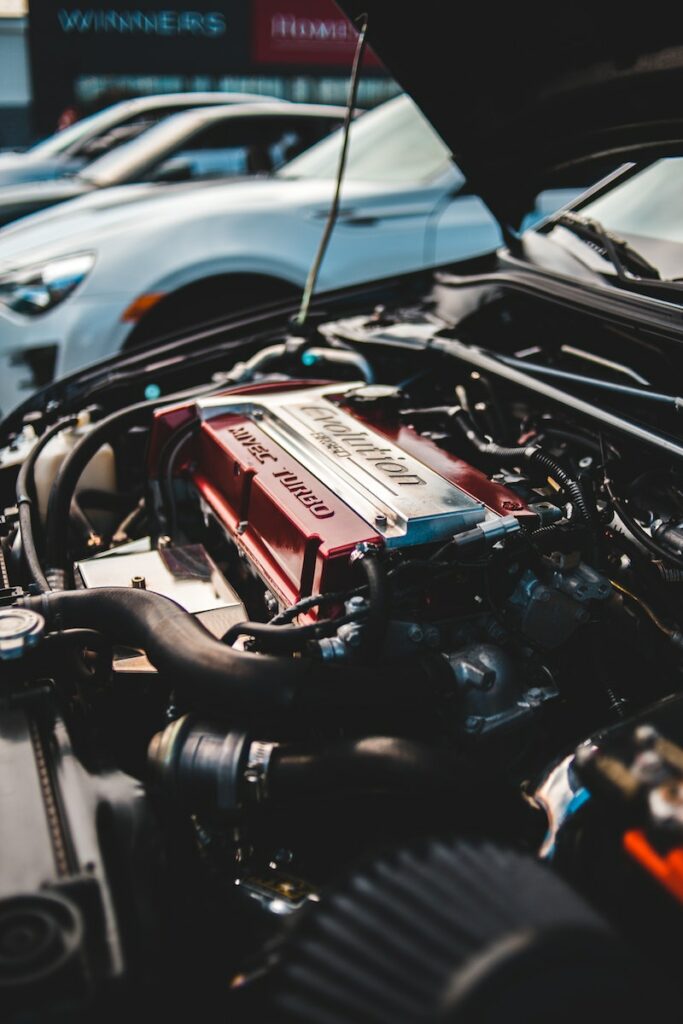Gel batteries, also known as sealed lead-acid (SLA) batteries, are a type of rechargeable battery that uses a gel-like substance, typically made of a mixture of sulfuric acid and silica, as an electrolyte. The gel electrolyte is a key feature of these batteries, as it helps to keep the battery sealed and prevents the escape of any potentially dangerous acids.
Purpose
Gel batteries are designed for use in a wide range of applications, including backup power for uninterruptible power supplies (UPS), off-grid and grid-tied renewable energy systems, recreational vehicles, and boats. They are also commonly used in industrial settings, such as in forklifts and other material handling equipment. They are valued for their ability to deliver reliable power in demanding applications, and are especially useful in situations where regular maintenance and monitoring are difficult or impossible.
Why it’s Important
Gel batteries are considered to be a reliable and long-lasting power source for a variety of applications. They are sealed and maintenance-free, and can be used in a wide range of temperatures and environments. They are also relatively inexpensive and easy to replace, which makes them a popular choice for a wide range of applications.
Benefits
-Sealed and maintenance-free: Because the gel electrolyte is sealed inside the battery, there is no need to add water or perform other maintenance tasks. This makes gel batteries an ideal choice for applications where regular maintenance is difficult or impossible. -Reliable power: Gel batteries are designed to deliver consistent power over time, and are less likely to experience the kinds of power fluctuations that can occur with other types of batteries. -Wide range of temperatures: Gel batteries are able to operate in a wide range of temperatures, making them an ideal choice for use in outdoor or other harsh environments. -Inexpensive and easy to replace: Gel batteries are relatively inexpensive and easy to replace, making them an attractive option for many applications.
How to use
It’s always important to follow the manufacturer’s guidelines when using gel batteries. But in general, these batteries are relatively easy to install and use. They can be charged using a standard charger and it’s important to use a charger that is compatible with the specific type of battery you are using. It’s also important to make sure that the battery is properly connected to the device it is powering.
Precautions
While gel batteries are considered to be relatively safe, it is important to take certain precautions when handling them. For example, it’s important to handle the batteries carefully to avoid damaging them, and to always wear eye protection when working with them. Gel batteries are also relatively heavy, so it’s important to make sure you are using the proper equipment when moving them around.
Invented
The gel battery was first invented in the 1960s by a company named Sonnenschein. The first gel batteries were relatively large, heavy, and expensive, but they were also considered to be a reliable power source for a wide range of applications. Over the years, the technology has been refined and improved, and today’s gel batteries are smaller, lighter, and less expensive than the original versions, while still delivering consistent power.
Other types
There are several other types of batteries that are commonly used for various applications, including:
- Lead-acid batteries: This is the most common type of battery used for backup power and other applications. They are relatively inexpensive, easy to find, and easy to use.
- Lithium-ion batteries: These batteries are becoming increasingly popular, especially for use in portable devices and electric vehicles. They are lightweight, have a long lifespan, and are able to hold a charge for a longer period of time than lead-acid batteries. However, they are also more expensive and require specialized chargers.
- Nickel-cadmium (NiCad) batteries: These batteries are commonly used in portable power tools and other devices that require high power output. They have a relatively short lifespan, but are relatively inexpensive and easy to find.
- Nickel-metal-hydride (NiMH) batteries: These batteries are similar to NiCad batteries, but are considered to be more environmentally friendly and have a longer lifespan.
In conclusion, gel batteries are an important power source that can be used in a wide range of demanding applications. They are sealed and maintenance-free, provide reliable power, and able to withstand various temperatures. It’s important to always follow manufacturer’s guidelines, take proper precautions, and use the appropriate equipment when handling or installing them. There are other types of batteries available for different needs, but gel batteries provide a good balance of cost, performance, and longevity in many cases.




